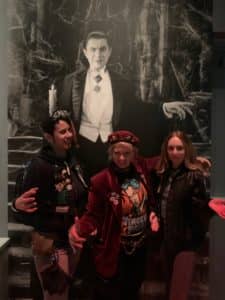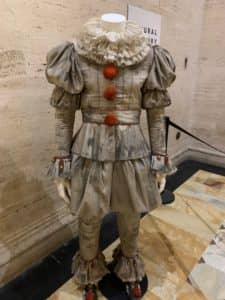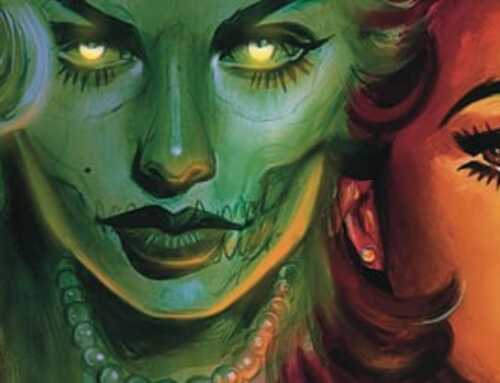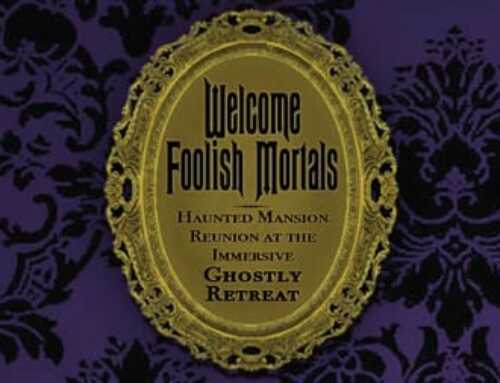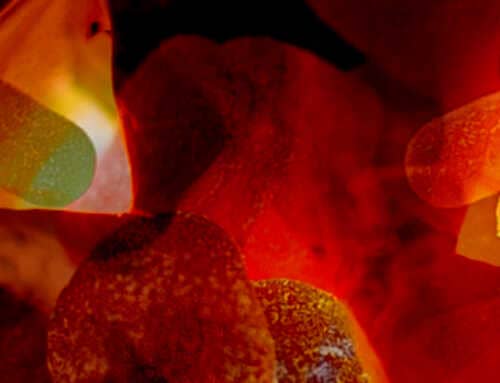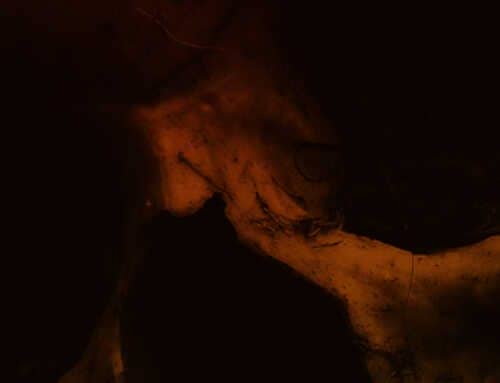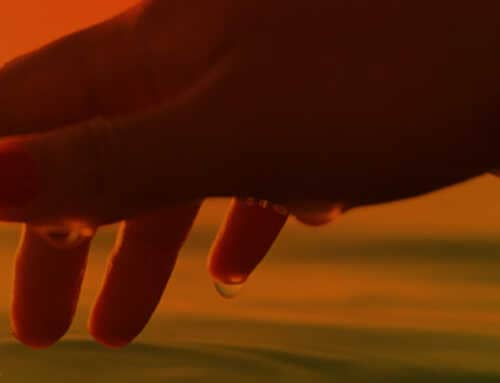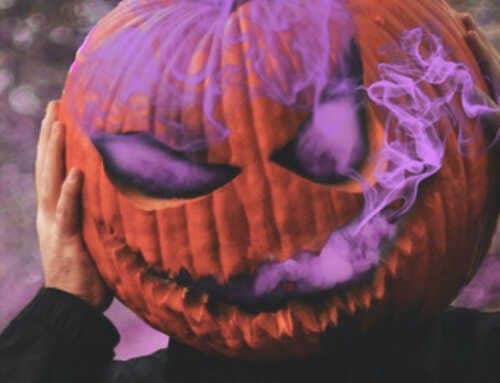It is impossible to discuss the genre of horror without mentioning the names ‘Frankenstein’s Monster’, ‘Mummy’, ‘Dracula’, and ‘Creature from the Black Lagoon’. These monsters are powerhouses in the horror world and have inspired many a filmmaker to produce terrors of their own. But even the greats got their start somewhere and that somewhere is science. Now I know what you’re thinking…how can something be both fantastical and scientific? I would assert that those two elements coincide more than one would think. But don’t take my word for it. The proof is in the oh-so-spooky-pudding in the new Natural History of Horror exhibit at the LA Natural History Museum.
Upon entering this ghoulish exhibit, you are almost overwhelmed by the beautiful large photographs of the world’s most memorable monsters. Strewn all over the wall are posters and placards containing fact after fact that prove that horror is horribly scientific. I felt like a kid in the world’s scariest candy store and I didn’t know where to look first. So, I just started on the right…
They say there are two types of museum goers. The person who glances at everything really quickly and calls it a night, or the other who must read every single word inscribed on every single information card. Normally I would put myself in the category of the casual gazer, but in the Natural History of Horror I became a voracious reader insistent on not missing a single sentence. The entire exhibit is filled with props and information about our beloved monsters, but it also contains artifacts from the museum’s several other departments such as anthropology, zoology, and archaeology. I won’t give too much away, but you get to see the origins of Dr. Frankenstein’s experiments, where the fear of Dracula derives, the folklore (and science!) behind the Creature from the Black Lagoon, and even ancient Egyptian artifacts that helped inspire the Mummy.
One of the coolest portions of this exhibit is the sound effects corner. Watching a scene on a screen in real time, you can create haunting sound effects using everyday objects that would have been used in the early days of horror film making. While observing what I would equate to a childhood dream, I got to meet three very interesting individuals. I figured if I am lucky enough to be covering this event, I should find out why others were so happy to be there too… enter Kaitlin, Elise, and Maria. These three hellions are big horror hounds and are fans of creature horror. We discussed favorite movies and when asked why they liked the horror genre they shared that its subject matter includes ‘touchy’ subjects without directly addressing them…but more on that later. And of course, they like screaming and are also appreciators of a good monster makeup spread.
As if that wasn’t enough, the crowning jewel of the evening was the panel ‘The Past, Present, and Future of Horror’ with Roger Corman and Andy Muschietti. Neither of those men needs an introduction and their contributions to the horror genre are undisputed. And to say that the panel was informative, entertaining, and inspiring would be a gross understatement. One of the most interesting takeaways from that evening was Roger Corman’s philosophy of horror. He said the basic principle of horror is to take grownups and make them feel like children. “Young children are afraid of thunder, lightning, and the monsters under the bed. Parents say there is nothing to worry about, but he knows there is plenty to worry about.” said Corman. Those experiences are buried in the unconscious mind as the child grows older. The task of horror is to break through the conscious mind that feels there is nothing to worry about and hit that unconscious childhood memory.
There is no better example of this childhood fear than in Andy Muschietti’s adaptation of Stephen King’s IT. This group of children must fight a monster that the parents cannot see but that is absolutely real. Leaving to question if Pennywise is only alive because there is someone to believe in him. When asked about the success of IT, Muschietti attributed that success to the audience’s emotional investment in the characters. There is a relatability to the Loser’s Club. We have all been children, and we may relate to a particular loser. But these children all have something worth rooting for and that creates a unique horror experience. Unlike slashers where casualties are expected, appreciated, and rooted for, films like IT cause terror derived from emotional attachment. There is a thrill that comes from seeing your favorite character in danger and a very different kind of horror that arises if that character meets an untimely end.
During the final minutes of the panel, the question regarding the future of horror came up. Mr. Corman said that horror will always live on, and the films will improve with technology but will always reflect, as they have always done, the society in which we live. Mr. Muschietti added that we are part of the “survivors of evolution and natural selection” so we are still afraid of much and watching horror films allows the viewer to feel that sense of survivalism and accomplishment in a safe setting as we and our society continue to evolve. Maria (my interviewee from earlier) was given an opportunity to share her thoughts, ending the panel on a profound note. She elicited that women and queers are to be major inclusions in the next generation of horror. “People who haven’t had voices are coming to the forefront of horror because horror is a genre that isn’t often respected and that is how we sneak in”. Marginalized groups are going to rise, make their voices heard, and are going to spread their message. This is true of the past and absolutely true of the future.
Maria is right. Mr. Corman is right. And Mr. Muschietti is right. Horror is many things, but it has always been one thing. Brutally honest. It draws inspiration from science, sociology, and society to create monsters. Monsters that are created to defeat the real monsters…ignorance, indifference, and oppression. Long live Roger Corman, Andy Muschietti, and Maria, our horror champions of the evening. Long live the Natural History Museum, the home of entertaining and synergistic education. And long live horror, the greatest genre of all.



